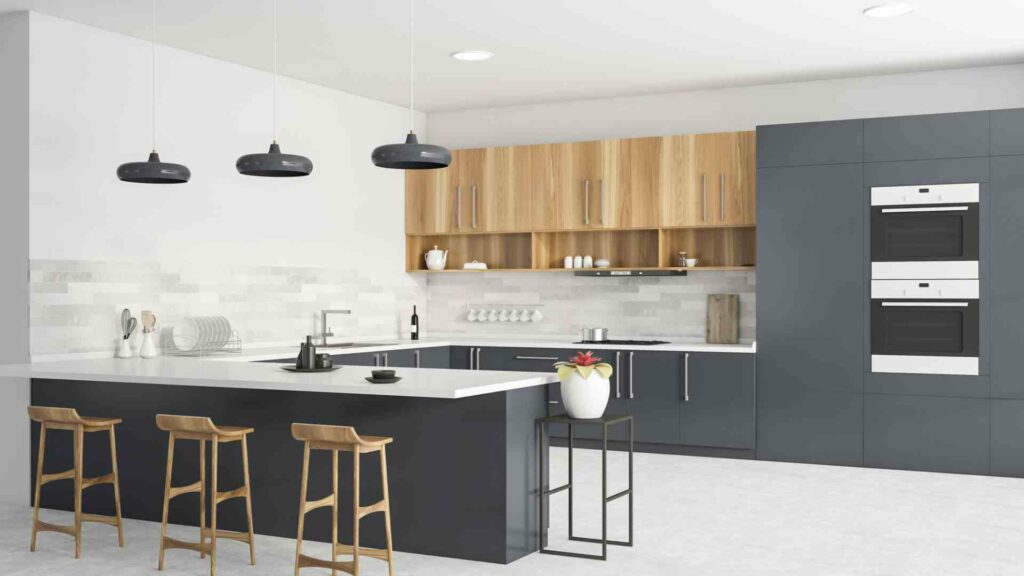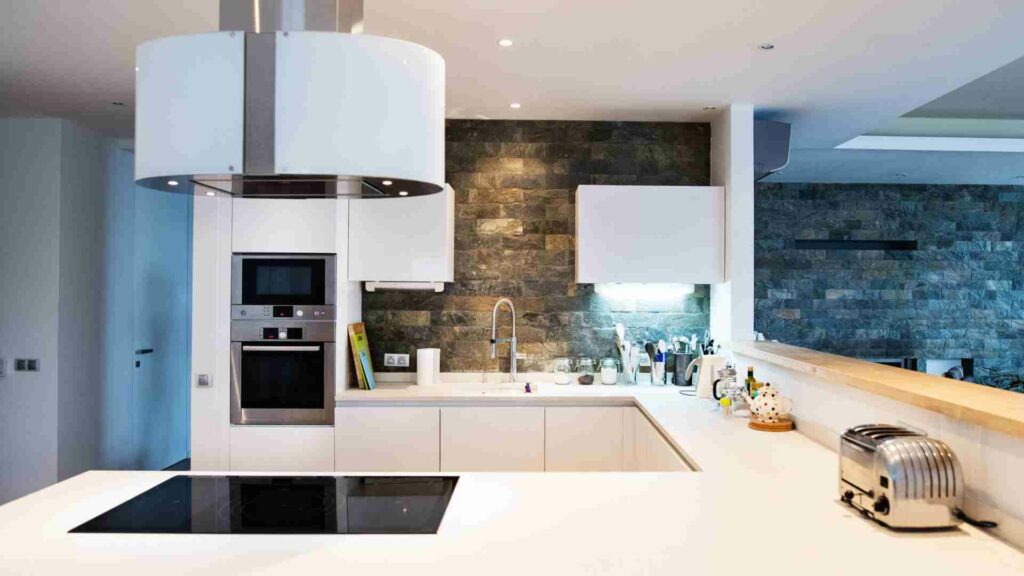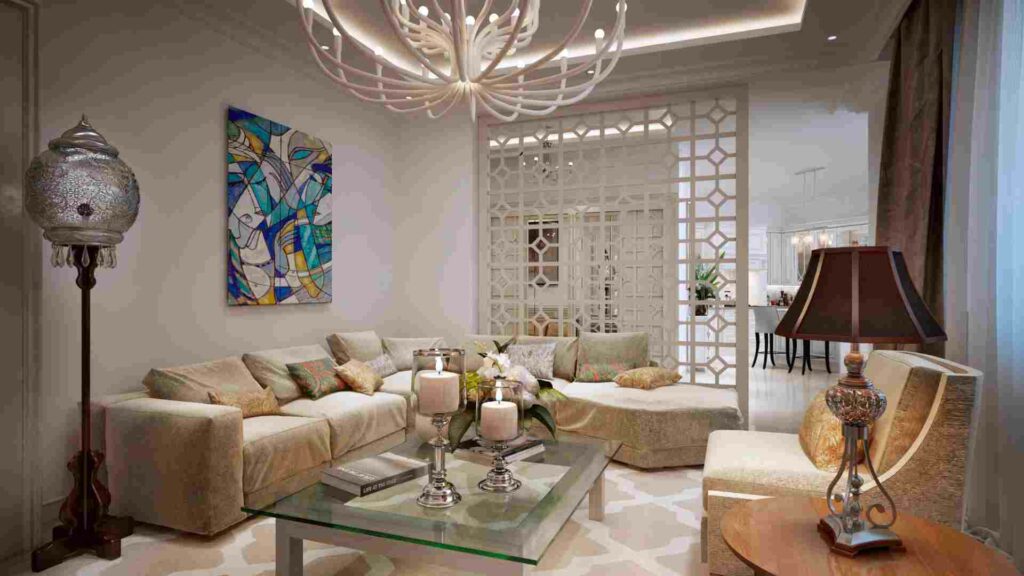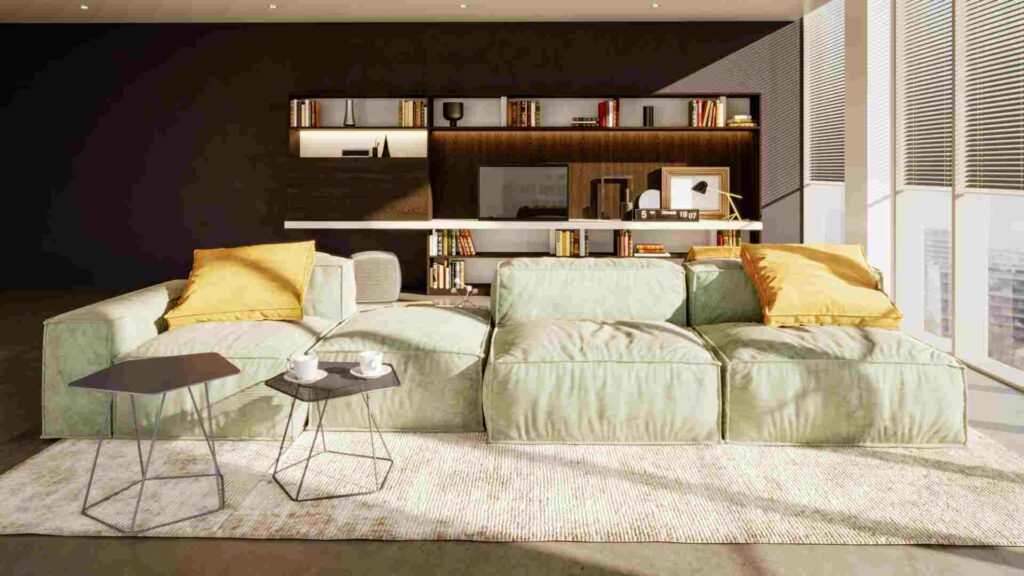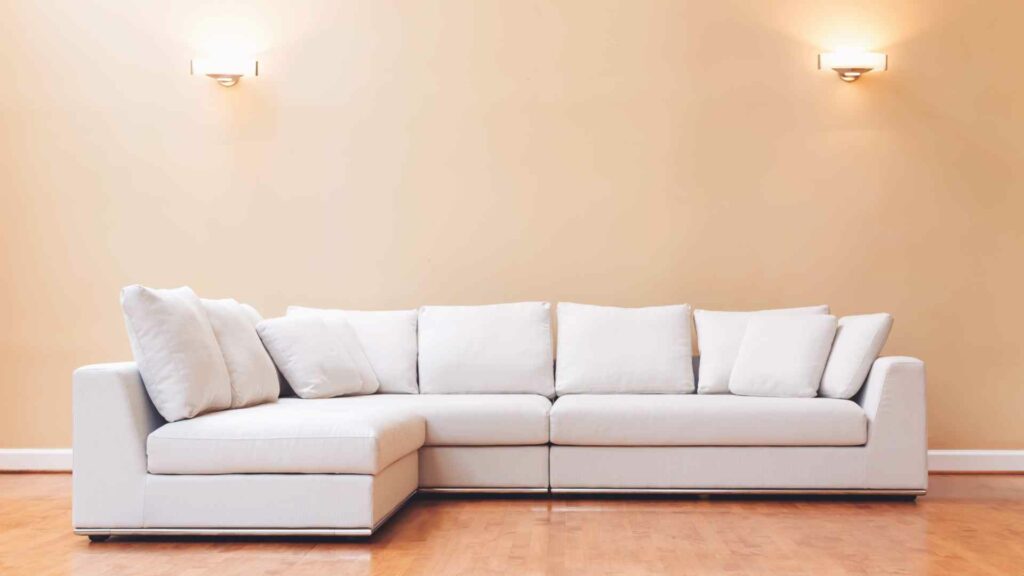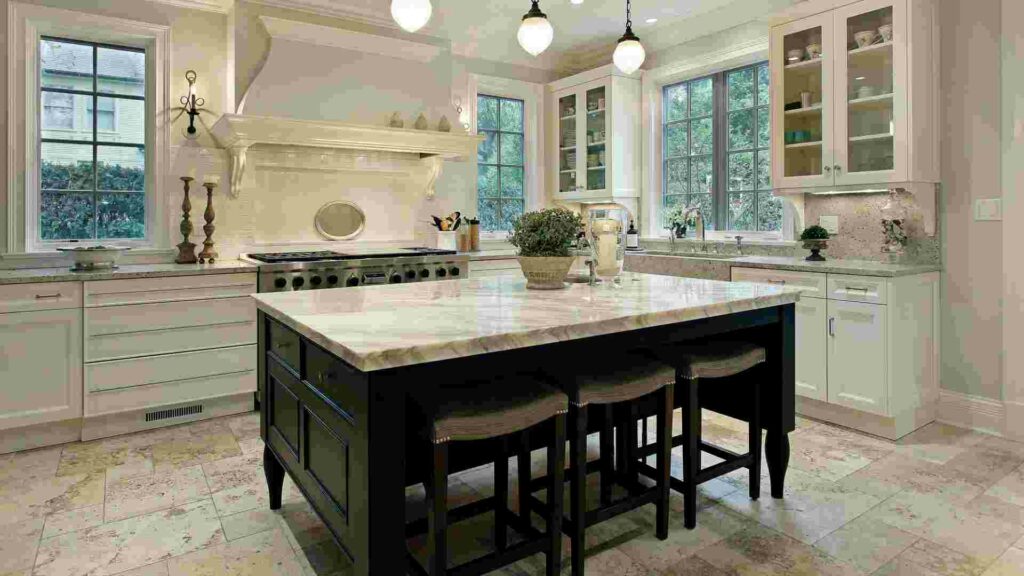4 Interior Design Tips For Your Home in Toronto
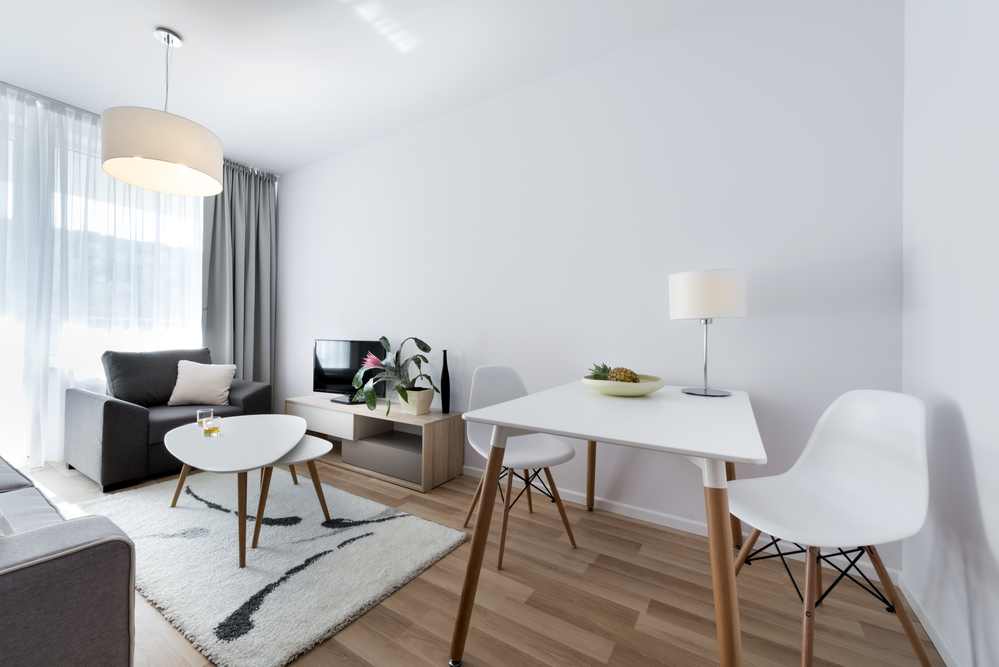
In case you’re looking to decorate your Toronto home but don’t quite know how you’ve come to the right place. Here are four interior design tips from our experts to help you create your dream home.
Factors Affecting Interior Design of Your Home
To begin with, there are many things that you need to know about interior design. The seven elements that make up the interior design are as follows: You should always consider all the elements when designing a room or space. Below you will find a summary of each element:
- Colour
- Form
- Light
- Line
- Pattern
- Texture
- Space
Colour
As well as having an impact on the look of a room, colour also contributes to the feel or “mood” of that room. Consider what type of energy you want the room to have and what kind of mood you want the room to reflect. For example, red is typically thought of as a “passionate” or “intense” hue. At the same time, blues and greens are typically considered “tranquil” or “calming,” and yellow is generally thought of as “happy” and “optimistic.”.
Form
It refers to any 3D object in a room, such as furniture and decor, that has the shape of a particular form. A room can take on one of two forms:
Organic Form: natural and irregular, with curvy or abstract shapes
Geometric Form: sharp, artificial lines and edges, like squares or triangles
Light
Light is a straightforward concept, and you want to make sure that each of your rooms has quality lighting. The lighting can be produced either artificially or naturally, or even a combination of both! Consider the following factors when choosing lighting:
- You need to consider how you want the light to look when selecting lighting:
- Cool or warm hues of the light (blue or orange)
- If you are going to cook, you may want to keep the light bright. However, if you are going to read, you might want to keep the light soft.
- The dimmable or non-dimmable features of the light depend upon your preferences.
Line
The outline of an object or shape is called a line. You need to pay attention to the lines that things create when placing them in a room. It is possible to display lines vertically, horizontally, or dynamically (such as zig-zags or curlicues). Using horizontal lines will bring a sense of security and calm to the room while using vertical lines will show boldness and expression. Using dynamic lines correctly can create an atmosphere of fun and excitement, creating a feeling of awe and wonderment.
Pattern
Wallpapers and fabrics are often used in interior design, but patterns can appear anywhere if desired. Patterns make a room feel alive and exciting. When choosing patterns for your room, keep in mind that too many can clash in your space.
Texture
An object’s texture refers to how it feels or the impression it creates when observed. A fuzzy blanket, for instance, gives the impression it is soft and smooth to touch when looking at it, just like it is when it is handled. The textures you choose for your space should match well with the overall look and feel of the room.
Space
To design a room, space is easily one of the most important factors that should be considered. The area can be classified into two basic categories:
- 2D Space (length and width of a room)
- 3D Space (height of a room)
In choosing things like rugs, you need to consider 2D space, and for selecting furniture, you need to consider 3D space.
Visualize Your Space
Before you begin building the room, it is essential to plan and visualize it. If applicable, measure the space and the things you will be storing there.
As a result, you will be able to get a better sense of the size of the space you are working with and be in a much better position to select the proper size of objects and furniture to place inside. You may even find it extremely helpful to doodle out a plan with measurements that will assist you in visualizing what you want the space to look like.
Use an Open Plan Design
An open-concept layout can make even the tiniest rooms appear larger and more spacious. Living, dining, and kitchen areas that are open to each other help reduce unnecessary structures and encourage the free flow of air. Using separate furniture is one of the easiest ways to separate the usage of each space in an open plan design.
If, for example, a sofa is placed outside of the kitchen, it helps to make the living room seem more spacious if it’s located there. The best way to help establish a living space is to place a rug in the center of that space. In addition, you will want to make sure that you maintain continuity in design and colour throughout the area with an open concept.
Invest in Some Art
If art is hung on the walls, it will bring harmony to the space. Besides being aesthetically pleasing to look at, art plays a vital role in adding colour to a room and enhancing the atmosphere. It is possible to add modernist art to your room if you wish to have a modern style room. The art of the modernist movement is expressive, contains vivid colours, and uses unusual shapes.
If you want to create a feature artwork on a wall, hang it large and leave it framed. It is good to hang small art series on expansive walls, but if you are going for a modern look, it is best to stay away from gallery wall arrangements since this will clutter the decor.
Final Words
These are the four interior designing tips you can use to furnish your home in Toronto with style. You can easily turn your house into your dream home. Choose the best lighting, decor, colour, and texture option to make your living space more inviting and engaging. Browse through our modern furniture store website to check out the extensive furniture collection that we have for you. You can also contact us if you want to know more about interior designing and which piece will look good in your home in Toronto. We’ll make sure we help you out as much as we can.
